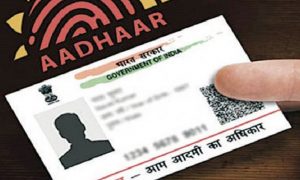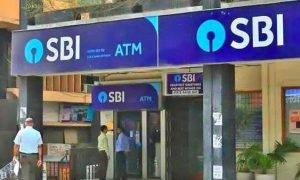The Reserve Bank of India (RBI) earlier this year released a circular giving guidelines of what to do with a soiled note.
Torn notes are not a problem in the game of Monopoly, but in real life, they can cause a major problem. Torn notes are not accepted in the market easily, which means you are stuck with them. Now, you have four options, deal with the problem, or pass it on to an unsuspecting victim. The second option is it can be pushed into a donation box. The third option is to absorb the loss. But it can only be done if it is a Rs 5, 10, 20 or even 50 note. But what if it is a Rs 500 or a Rs 2000 note? And, the fourth is to approach your local bank branch and hope to get a fresh note.
The Reserve Bank of India (RBI) earlier this year released a circular giving guidelines of what to do with a soiled note.
– GUIDELINE:
1. Facility for exchange of notes and coins at bank branches:
(a) All branches of banks in all parts of the country should provide the following customer services
(i) Issuing fresh, good quality notes and coins of all denominations on demand.
(ii) Exchanging soiled, mutilated, defective notes.
(iii) Accepting coins and notes either for transactions or exchange.
Note: None of the bank branches should refuse to accept small denomination notes or coins tendered at their counters, the press release added.
2. Reserve Bank of India (Note Refund) Rules, 2009 – Delegation of powers:
(a) In terms of Section 28 read with Section 58 (2) of Reserve Bank of India Act, 1934, no person is entitled as a right to recover from the Government of India or RBI the value of any lost, stolen, mutilated or imperfect currency note of the GOI or banknote.
(b) With a view to extending the facility for the benefit and convenience of public, all bank branches have been delegated powers under Rule 2 (j) of RBI (Note Refund) Rules, 2009 for exchange of mutilated / defective notes free of cost.
What is the definition of a soiled Note?
A ‘soiled note’ means a note which has become dirty due to normal wear and tear and also includes a two-piece note pasted together wherein both the pieces presented belong to the same note and form the entire note with no essential feature missing. These notes should be accepted over bank counters in payment of government dues and for credit to accounts of the public maintained with banks.
4. Extremely brittle, burnt, charred, stuck up notes:
Notes which have turned extremely brittle or are badly burnt, charred or inseparably stuck up together and, therefore, cannot withstand normal handling, shall not be accepted by the bank branches for exchange. Instead, the holders may be advised to tender these notes to the concerned Issue Office where they will be adjudicated under a Special Procedure.
– Process for exchange of torn note:
1. Exchange of soiled notes
– Notes presented in small number: Where the number of notes presented by a person is up to 20 pieces with a maximum value of Rs.5000 per day, banks should exchange them over the counter, free of charge.
– Notes presented in bulk: Where the number of notes presented by a person exceeds 20 pieces or Rs.5000 in value per day, banks may accept them, against receipt, for value to be credited later. Banks may levy service charges as permitted. In case tendered value is above Rs.50000, banks are expected to take the usual precautions.
2. Notes bearing slogans / political messages, etc:
Any note with slogans and message of a political nature written across it ceases to be a legal tender and the claim on such a note will be rejected under Rule 6(3) (iii) of Reserve Bank of India (Note Refund) Rules, 2009. Similarly, notes which are disfigured may also be rejected under Rule 6(3) (ii) of Reserve Bank of India (Note Refund) Rules, 2009
3. Deliberately cut notes:
The notes, which are found to be deliberately cut, torn, altered or tampered with, if presented for payment of exchange value should be rejected under Rule 6(3)(ii) of the Reserve Bank of India (Note Refund) Rules, 2009.
For more updates: Like us on Facebook and follow us on Twitter & Instagram




































